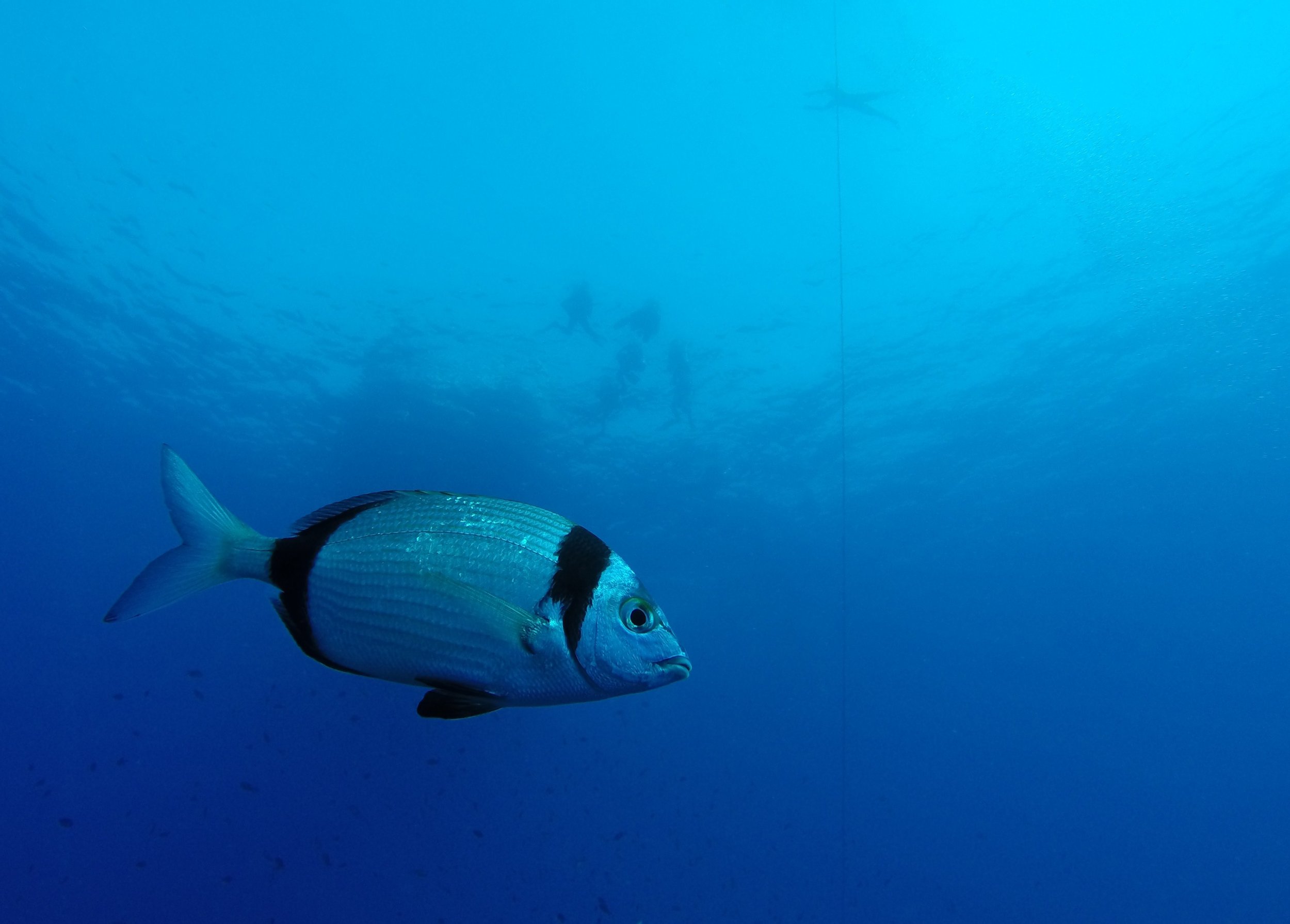
One patch of water in the center of the Pacific Ocean has remained virtually motionless for the past 1,000 years. Now, a recent study published online in Nature has uncovered some of the secrets of this mysterious "shadow zone," revealing not only why it has remained still for so long, but also what the ocean looked like a millennium ago.
Water moves a lot, and pretty fast actually, with some currents moving around 5.6 miles per hour, but the "shadow zone" in the North Pacific Ocean is different. This area of stagnant water about 1.2 miles below the surface is impervious to natural ocean currents, and contains the most ancient untouched water on Earth. Carbon dating reveals the water pocket was formed somewhere around the fall of the Roman empire, and has not seen the ocean's surface in over 1,000 years.
Related: Climate change: soil could speed up global warming way more than we thought
A team of international scientists used models of deep ocean circulation and the ocean floor to determine that the shadow zone has been able to exist for so long because of a lack of vertical movement between ocean currents. Ocean currents are affected by a number of factors, including surface winds and warmth from underground sources.
The shadow patch exists in an interesting position, too far from the surface to be affected by warmer upper ocean currents and too far from the geothermal heat on the ocean's seabed to be affected by these currents. In addition, the rough topography from the seabed below this patch also prevents it from being affected by lower ocean currents. As a result, the patch has remained has remained stagnant, roughly since the Norman conquest of England in 1066.
Related: Global warming is making wildfires and hurricanes worse, Al Gore says
The stagnancy of the water also means that it is devoid of oxygen, and, as a result, cannot host much life. The study notes that understanding ocean currents doesn't just help solve a curious mystery, it's also key to our understanding of how the ocean stores carbon and heat. The stagnant patch is a time capsule revealing what a patch of water would look like around 1,000 years ago.
"It's not a zone of very flourishing life but that doesn't mean it's a dead zone," explained lead study researcher Casimir de Lavergne of the University of New South Wales in Australia, as reported by Indy100.
The water contains trapped nutrients and carbon collected over the past 1,000 years, and analysis of these contents will help scientists understand just how the ocean has been able to modify climate over the past few hundred years, the study revealed.
The ocean plays an important role in our planet's carbon balance. According to NASA, the ocean is able to absorb as much of the carbon that humans produce. This, in turn, reduces the impact of global warming as the carbon is not able to go into the atmosphere and increase global temperatures. However, as carbon emissions increase, the ocean is able to absorb less and less.
In order to understand how the carbon cycle will change in the future as human carbon emissions continue to increase, its helpful to understand what carbon emissions looked like in the past. Here is where the shadow zone may be most important. Researchers will continue to research these mysterious waters and their many ancient secrets.
Uncommon Knowledge
Newsweek is committed to challenging conventional wisdom and finding connections in the search for common ground.
Newsweek is committed to challenging conventional wisdom and finding connections in the search for common ground.
About the writer
To read how Newsweek uses AI as a newsroom tool, Click here.








